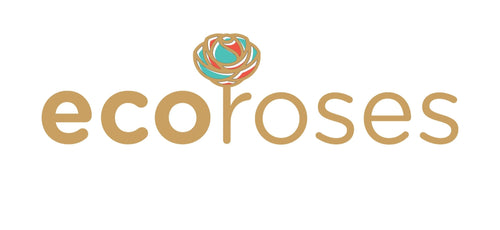When you think of hospitals, images of sterile white walls, medical equipment, and quiet hallways may come to mind. Yet, increasingly, healthcare facilities around the world are incorporating flowers and natural elements into their design-not just for aesthetics, but as part of the healing process.
For centuries, humans have understood the restorative power of nature. Today, scientific studies confirm what intuition and tradition have always suggested: flowers reduce stress, improve mood, and even support physical recovery. That’s why many hospitals now use flowers to create therapeutic environments for patients, families, and staff alike.
And while medical science continues to advance, you can also bring a touch of healing and positivity into your own life with beautiful flowers and bouquets designed to comfort, energize, and inspire.
🌼 The Science Behind Flowers and Healing
Modern research in psychology and medicine shows that flowers have measurable benefits:
-
Lower Stress Levels: Viewing flowers reduces cortisol, the body’s stress hormone.
-
Boosted Mood: Floral colors and scents trigger dopamine and serotonin, linked to happiness.
-
Faster Recovery: Studies show surgical patients recover more quickly when exposed to flowers or plants.
-
Pain Reduction: Exposure to natural elements can reduce the perception of pain.
-
Improved Focus: Flowers stimulate creativity and concentration, helpful for staff in high-stress hospital settings.
The field of biophilic design-integrating natural elements into built environments—is transforming hospitals worldwide.
🌸 How Hospitals Use Flowers in Healing Spaces
1. Patient Rooms
Placing flowers in patient rooms helps create a welcoming and hopeful environment. Bright, colorful blooms reduce feelings of isolation and anxiety.
2. Waiting Areas
Families in waiting rooms often experience high stress. Flowers and floral arrangements soften sterile spaces, offering comfort and calm during difficult moments.
3. Therapy Gardens
Some hospitals incorporate outdoor or indoor healing gardens filled with flowers, where patients can walk, sit, or simply observe nature. These spaces aid in recovery and mental health.
4. Palliative Care Units
Flowers play a role in bringing dignity and comfort to end-of-life care, offering beauty and serenity during difficult times.
5. Staff Wellness Programs
Hospital employees face constant pressure. Providing floral arrangements in staff lounges or offering “flower therapy” sessions helps reduce burnout and improve morale.
🌺 Symbolism of Flowers in Hospitals
Each flower carries meaning, which adds depth to their healing role:
-
Roses: Love, support, and remembrance.
-
Lilies: Peace and renewal.
-
Sunflowers: Optimism and strength.
-
Orchids: Beauty and resilience.
-
Chrysanthemums: In some cultures, symbols of health and longevity.
By carefully choosing flowers, hospitals ensure they send the right emotional messages to patients and families.
🌼 Cultural Considerations
Not all flowers are appropriate for every context. For example:
-
In some cultures, white flowers are associated with funerals.
-
Certain blooms may be avoided in specific religious traditions.
Hospitals often consult with cultural liaisons or chaplains to ensure floral arrangements are comforting and inclusive.
🌸 Beyond Décor: Flowers as Therapy
Hospitals don’t just display flowers-they sometimes use them actively in therapy:
-
Floral Therapy Workshops: Patients create their own arrangements, encouraging creativity and mindfulness.
-
Aromatherapy with Floral Scents: Lavender, rose, and jasmine oils are used to promote relaxation and sleep.
-
Children’s Programs: Pediatric units use flower crafts to distract young patients and lift spirits.
🌺 Case Studies: Hospitals and Healing Flowers
-
Changi General Hospital (Singapore): Features therapeutic gardens with flowering plants for patient rehabilitation.
-
Cleveland Clinic (USA): Uses floral design and natural light to reduce patient stress.
-
Royal Children’s Hospital (Australia): Includes vibrant flower murals and installations as part of pediatric care.
These examples highlight how flowers transform sterile spaces into nurturing environments.
🌼 Final Thoughts
Flowers may not cure illness, but they create environments where healing is possible. By soothing the mind and spirit, flowers indirectly support physical recovery, comfort families, and energize staff.
As hospitals continue to embrace holistic care, flowers will remain central to creating spaces that heal not only the body, but also the heart.
And for those of us outside hospital walls, surrounding ourselves with uplifting flowers and bouquets can bring daily moments of healing, peace, and joy.


